


Vendor Profile
YOAKE Co.,Ltd
| Address | 328 Benzaiten-cho Shimogyo-ku Kyoto-si Kyoto, JAPAN ZIP:600-8428 |
|---|---|
| Representative Name | Takayasu Kiga |
| Annual Revenue | closed |
| No. of Employees | 6 |
| Web Site URL |
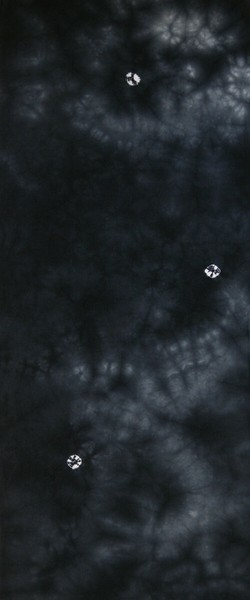

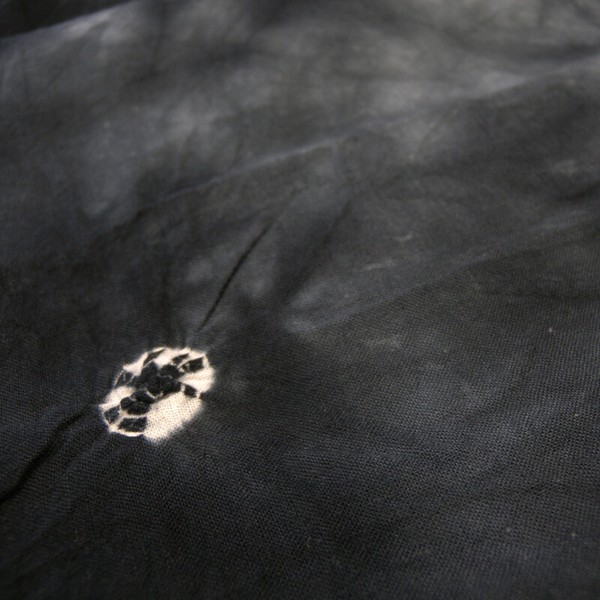
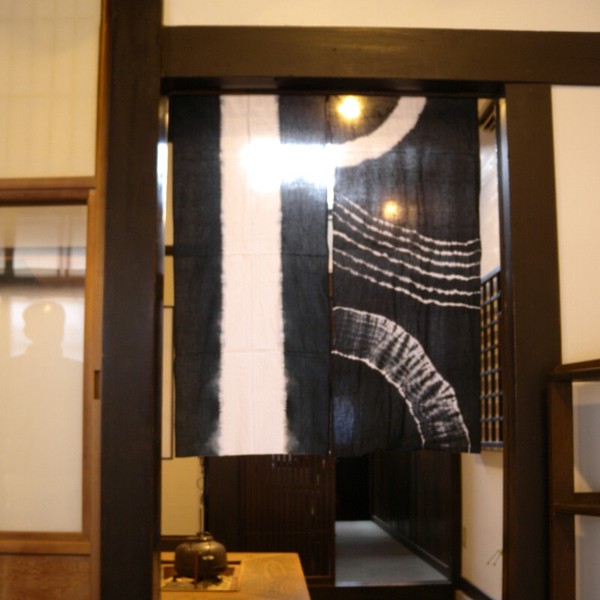

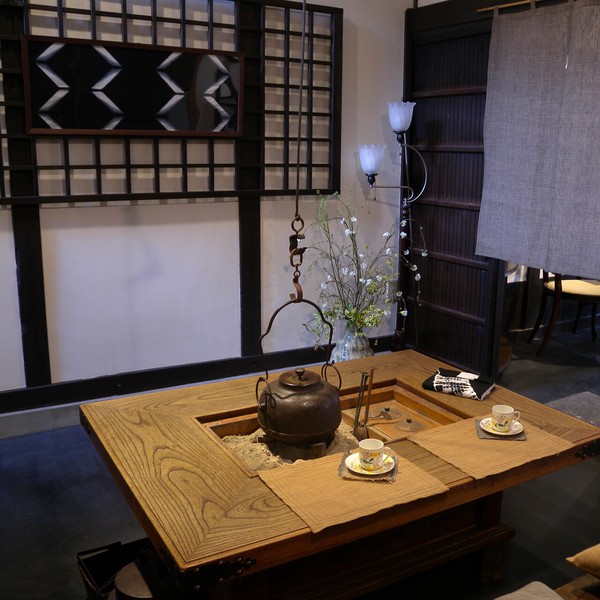
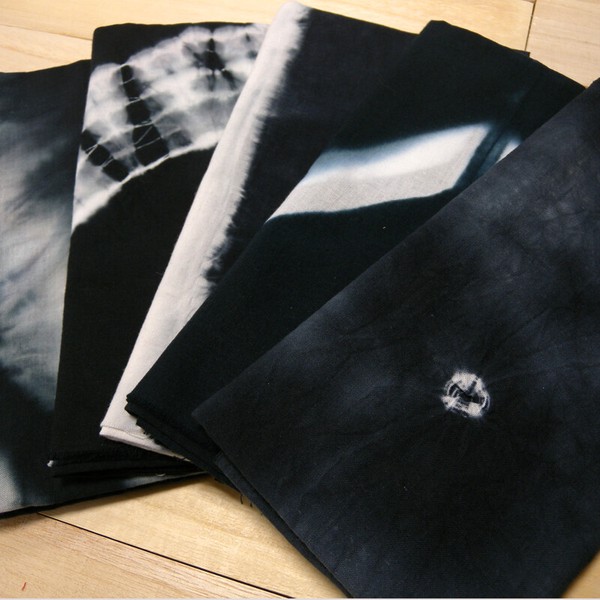
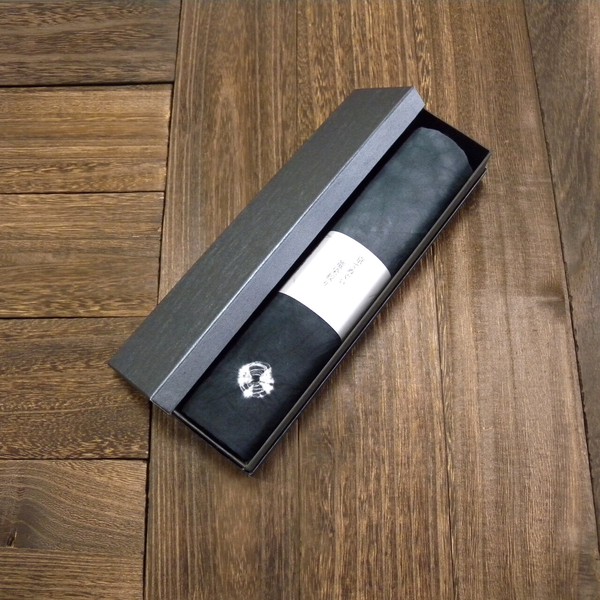
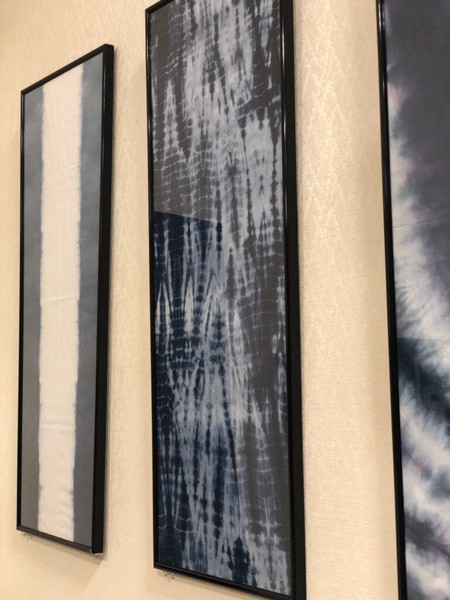
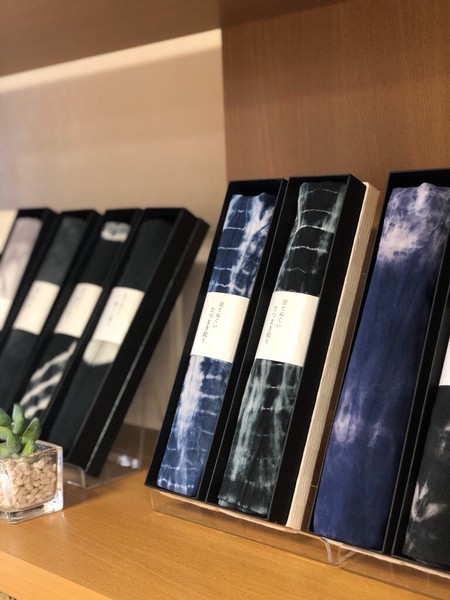
People Also Searched
Other items from this category
Tenugui Towel Tenugui Made in Japan
SD item code:7491035
| Detail | Price & Quantity | ||
|---|---|---|---|
| S1 |
Tie-dyed Kyoto Tenugui Towel [Black] Basket Dyeing
絞り染め 京てぬぐい 【黒】 篭染め
(4010305)
|
(4010305)
Wholesale Price: Members Only
1 pc /set
In Stock
|
|
| Dimensions |
|---|
|
Approx. 36cm x 90cm
|
| Specifications |
|---|
|
Country of manufacture: Japan
Material / component: 100% COTTON
Package: Individual Packaging
Year of manufacture: 2019
Product tag: None
|
Description
| Tie-dyeing Kyoto tenugui hand towel dyed by a traditional craftsman of Kyoto Kanoko shibori. [Tie-dye] Tie-dyeing is a technique that has been used since ancient times to create patterns on cloth. During the Nara period (710-794), many techniques were developed to dye patterns on clothes. When cloth is dyed using techniques such as tying with thread, sewing tight, and sandwiching with a board, blotches and blurring occur during dyeing. The charm of tie-dyeing is that even if the same lot of cloth is dyed, each piece will be dyed differently depending on the dyeing time and the overlap method. [Attention to the fabric -Sarashi Tokuoka-]] The fabric is stuffed into a kettle and slowly burned in a gentle stream of water for 2 to 3 days. This process does not stress the fabric, resulting in a soft and absorbent finish. Because of its good air permeability* and water absorbency, it dries quickly even if it gets wet, and the more it is washed, the more it becomes accustomed to its surroundings. *Wasarashi, woven with a small width fabric, can be said to be a Japanese culture. In the days when there were no towels, it was used as a yukata (Japanese bathrobe) for wiping hands and as a nightgown when going to bed. *There are three types of WASARASHI, each with different thread counts and widths: BUN*OKA*TOKUOKA. Tokuoka, which is used for our products, has a soft touch and is used for yukata (light cotton kimono) because of the large number of threads used. [Black Series]. A monotone style based on the color black is expressed in various patterns. The unevenness of the dye between black and white gives a deep flavor. [Bamboo Dyeing] This is a dyeing method in which the fabric is wrapped and bound with string to intentionally leave dye residue and unevenness. [Bamboo dyeing] is a dyeing method in which the fabric is wrapped around a string and tied; [Bamboo Dyeing]; *This product will be delivered in a box. *This product will be delivered in a box; *This product can be used not only as a tenugui (hand towel), but also as a framed item for interior decoration, as a curtain by connecting two pieces, or as a book cover, etc. Ethical (Regional) |
More
| Shipping Method | Estimated Arrival |
|---|---|
| Sea Mail | From May.15th to Jul.17th |
| Air Mail | From Apr.29th to May.1st |
| EMS | From Apr.28th to May.1st |
| Pantos Express | From Apr.30th to May.5th |
| DHL | From Apr.28th to Apr.30th |
| UPS | From Apr.28th to Apr.30th |
| FedEx | From Apr.28th to Apr.30th |
|
Some trading conditions may be applicable only in Japan.
*Patterns and colors may vary from piece to piece due to the handmade nature of the work. We are sorry, but we are unable to specify the pattern or color.
*This item has been left with wrinkles to give the original tie-dye texture. The wrinkles will naturally disappear after washing, ironing, etc. *About the edge treatment The top and bottom of the tenugui is left uncut. The fraying will disappear after repeated washing. *We take pictures to show the texture and color of the product, but the color may differ from the actual product due to the lighting, natural light, and computer environment of the store. We appreciate your understanding. **The color and texture of the products are photographed to ensure the best quality; ; |
Other items from this category:
[Tie-dye]
Tie-dyeing is a technique that has been used since ancient times to create patterns on cloth.
During the Nara period (710-794), many techniques were developed to dye patterns on clothes.
When cloth is dyed using techniques such as tying with thread, sewing tight, and sandwiching with a board, blotches and blurring occur during dyeing. The charm of tie-dyeing is that even if the same lot of cloth is dyed, each piece will be dyed differently depending on the dyeing time and the overlap method.
[Attention to the fabric -Sarashi Tokuoka-]]
The fabric is stuffed into a kettle and slowly burned in a gentle stream of water for 2 to 3 days.
This process does not stress the fabric, resulting in a soft and absorbent finish.
Because of its good air permeability* and water absorbency, it dries quickly even if it gets wet, and the more it is washed, the more it becomes accustomed to its surroundings.
*Wasarashi, woven with a small width fabric, can be said to be a Japanese culture. In the days when there were no towels, it was used as a yukata (Japanese bathrobe) for wiping hands and as a nightgown when going to bed.
*There are three types of WASARASHI, each with different thread counts and widths: BUN*OKA*TOKUOKA.
Tokuoka, which is used for our products, has a soft touch and is used for yukata (light cotton kimono) because of the large number of threads used.
[Black Series].
A monotone style based on the color black is expressed in various patterns.
The unevenness of the dye between black and white gives a deep flavor.
[Bamboo Dyeing]
This is a dyeing method in which the fabric is wrapped and bound with string to intentionally leave dye residue and unevenness.
[Bamboo dyeing] is a dyeing method in which the fabric is wrapped around a string and tied;
[Bamboo Dyeing];
*This product will be delivered in a box.
*This product will be delivered in a box;
*This product can be used not only as a tenugui (hand towel), but also as a framed item for interior decoration, as a curtain by connecting two pieces, or as a book cover, etc.
Ethical (Regional)
京鹿の子絞りの伝統工芸士が染め上げる【絞り染め 京てぬぐい】
【絞り染め】
古くから布に模様を付けるための技法として生まれた絞り染め。
奈良時代には多くの技が生まれ、衣服の模様を染め出しました。
糸で縛る・縫い締める・板で挟む などの技法を使い布を染めると染め際に生じる「にじみ」や「ぼかし」。同じロットで染めたとしても染まる時間や重なり方で1点1点が異なる染め上がりになるのが絞り染めの魅力と言えます。
【生地へのこだわり -晒 徳岡-】
釜に生地を詰めて緩やかな水流で2〜3日ゆっくりと時間をかけて焚き込みます。
そのため生地にストレスがかからず、柔らかで吸水性の良い仕上がりになります。
通気性・吸水性が良いため濡れてもすぐに乾き、洗うほどに馴染んでまいります。
*小巾織物で織られた和晒は日本の文化とも言えます。タオルがない時代には、手を拭うもの就寝時は浴衣・寝巻として使用され、日本人の生活必需品として永く愛されてきました。
*和晒の種類は、「文・岡・特岡」と3種類ほどあり、それぞれ糸の打ち込みや巾が異なります。
商品で使用している特岡は、打ち込み本数が多いため浴衣の生地としても使用されるほど「柔らかな肌触り」が特徴です。
【黒 シリーズ】
黒色を基調としたモノトーンスタイルを、さまざまな柄で表現しております。
黒と白の間にできる染ムラが深い味わいを持たせております。
【篭染】
紐などで生地を巻いて縛り、わざと染め残りや染めムラが出るようにする染色法です。
*こちらの商品は箱に入れて納品となります。
*「てぬぐい」としてだけでなく、額に入れて室内インテリアとして、2枚つなげて暖簾として、またはブックカバーとしてなど幅広くお使い頂けます。
エシカル(地域)